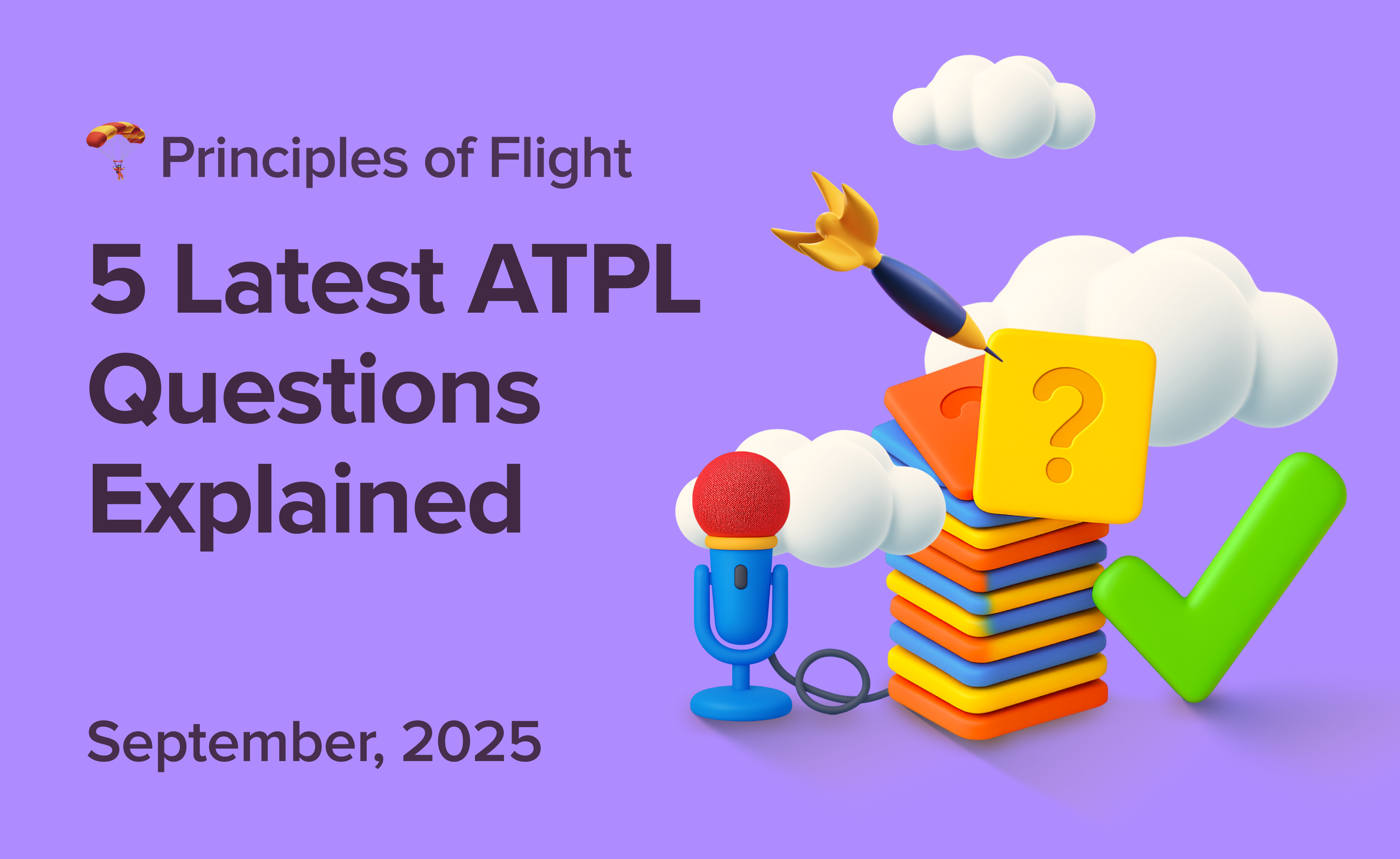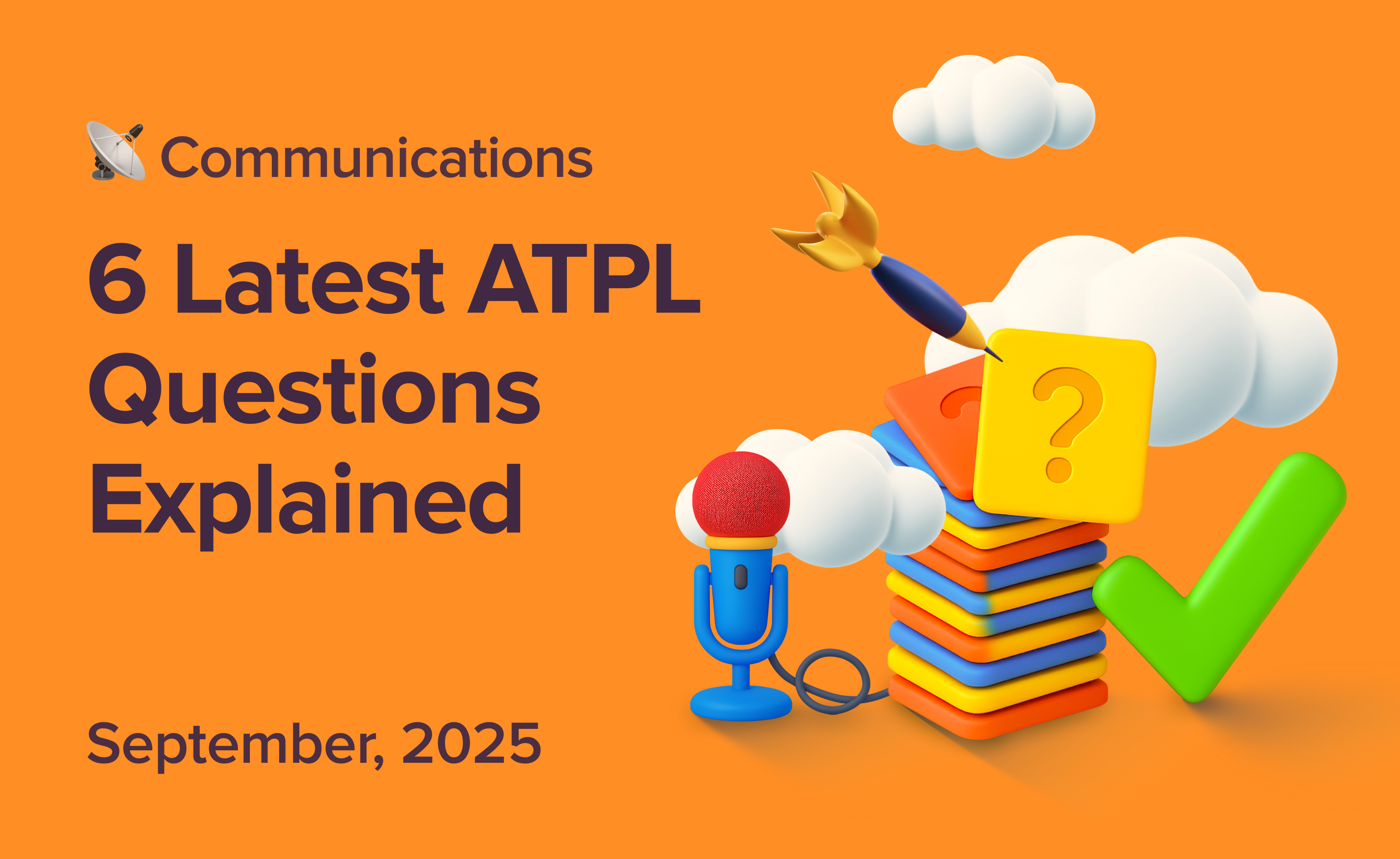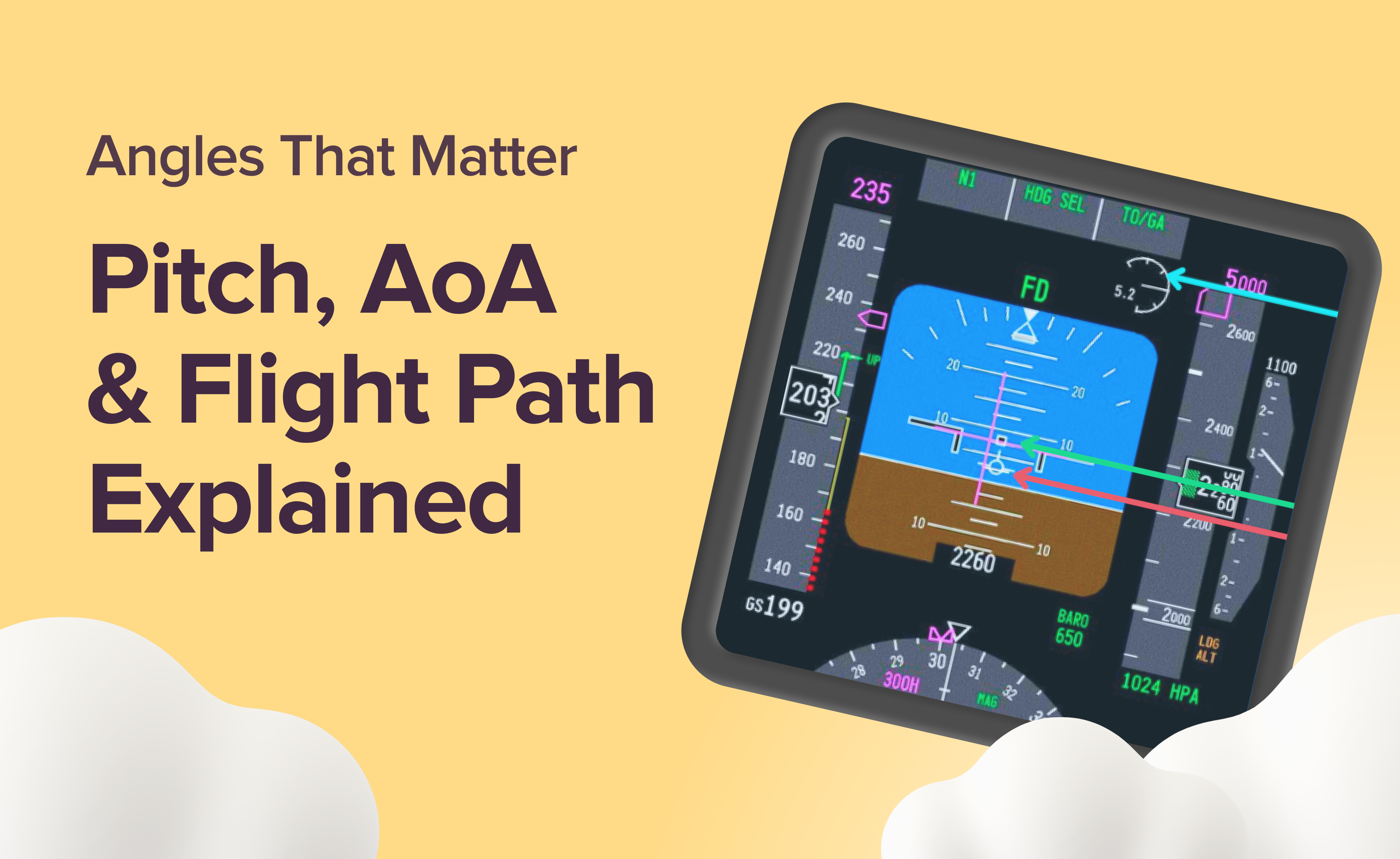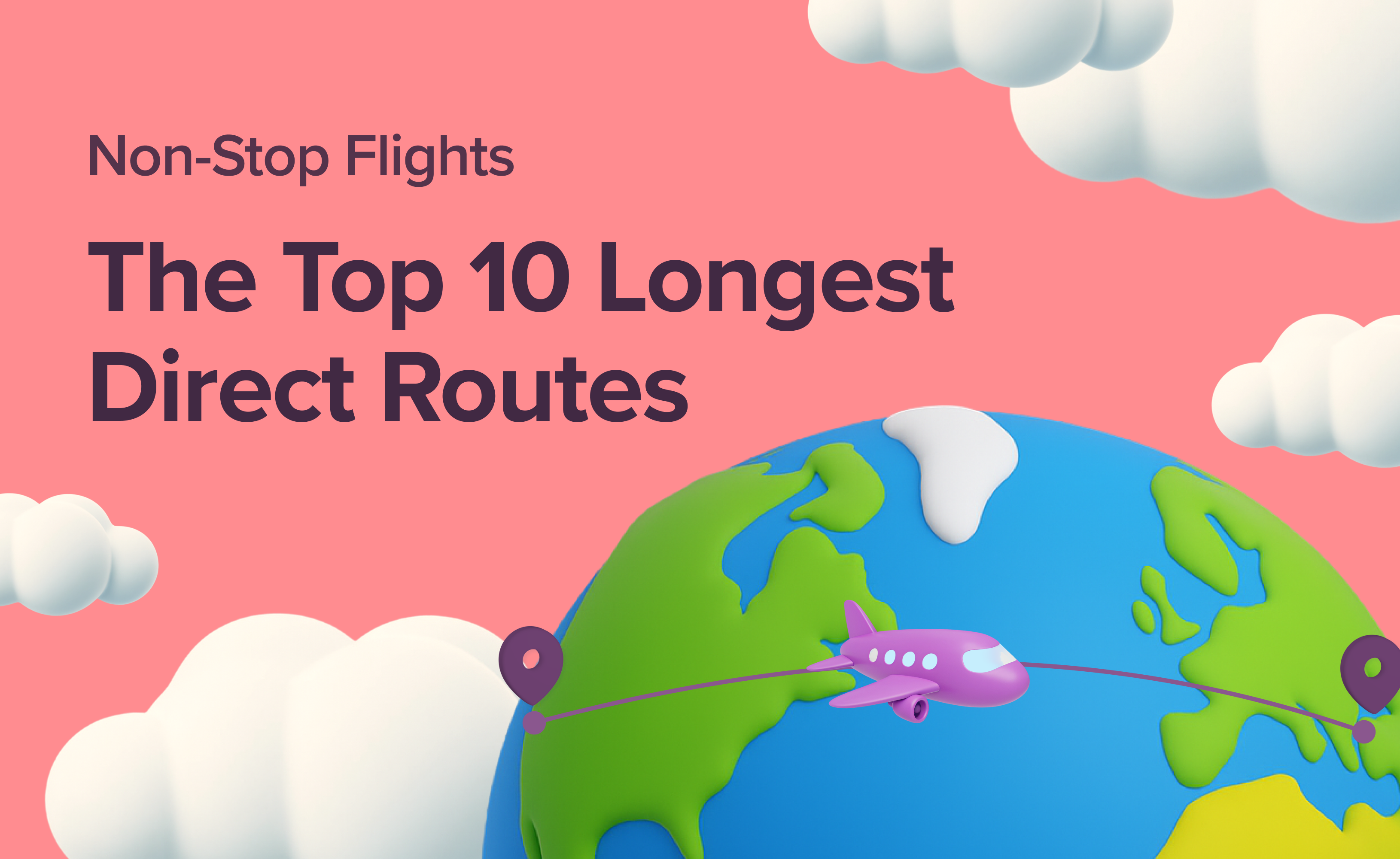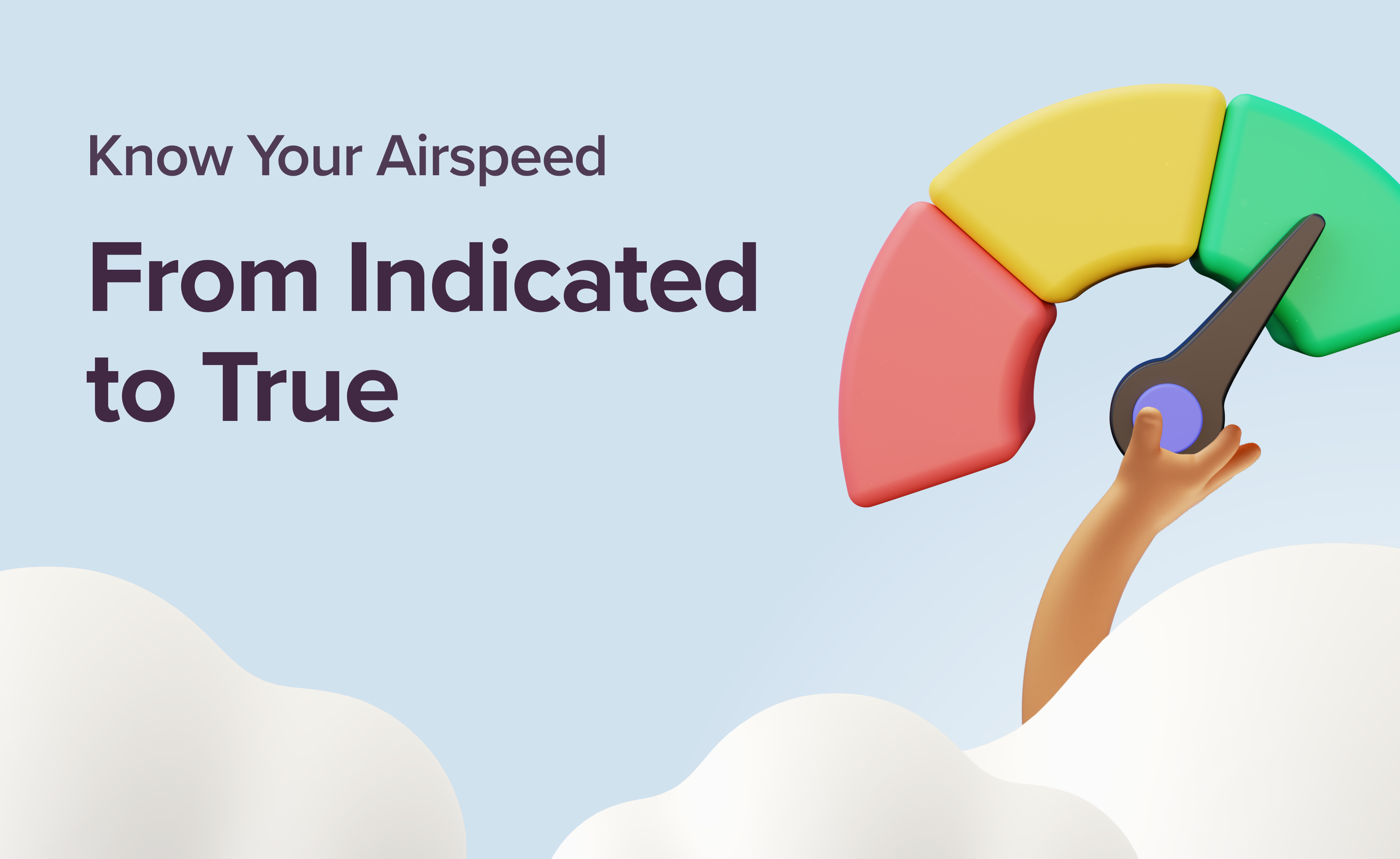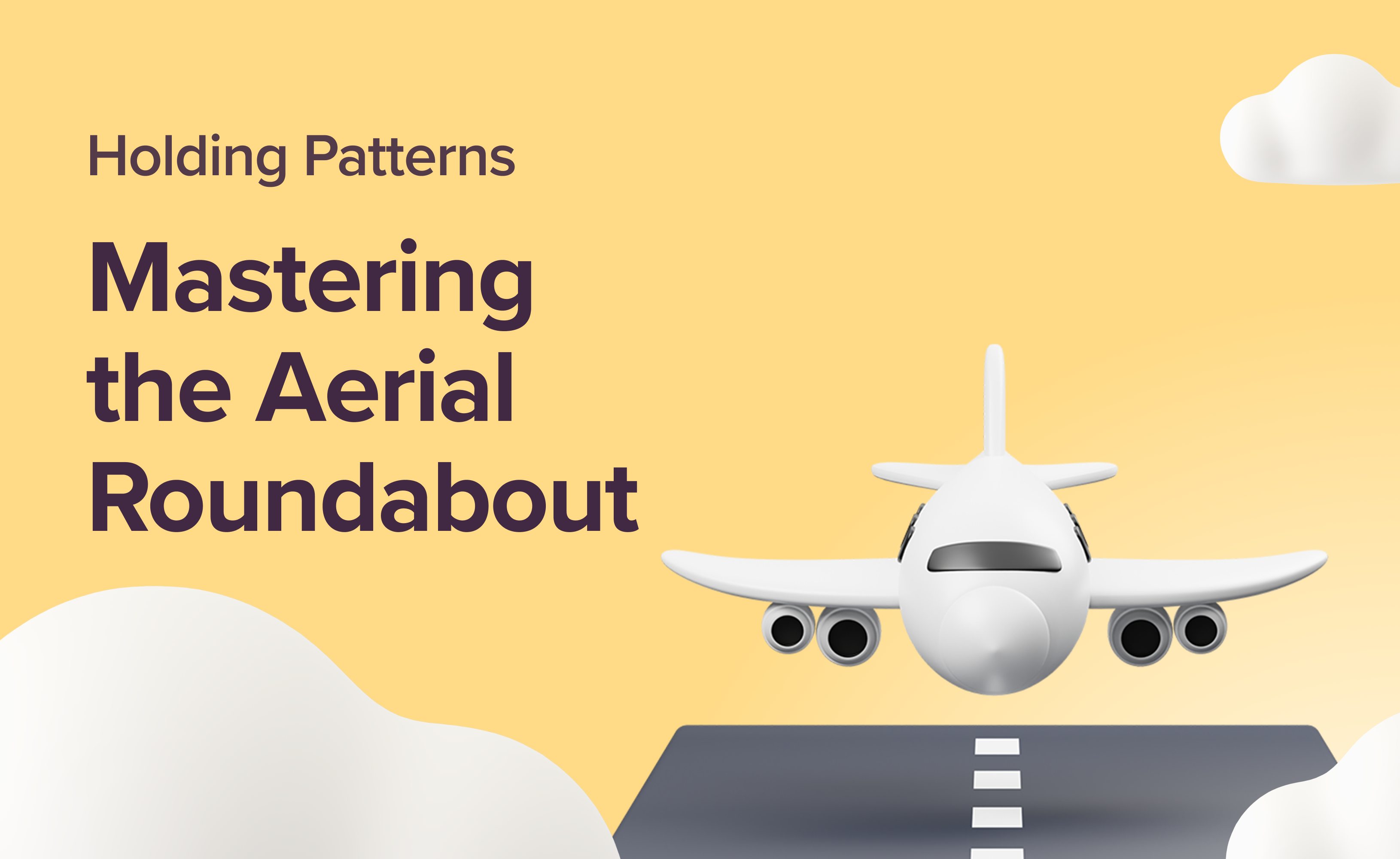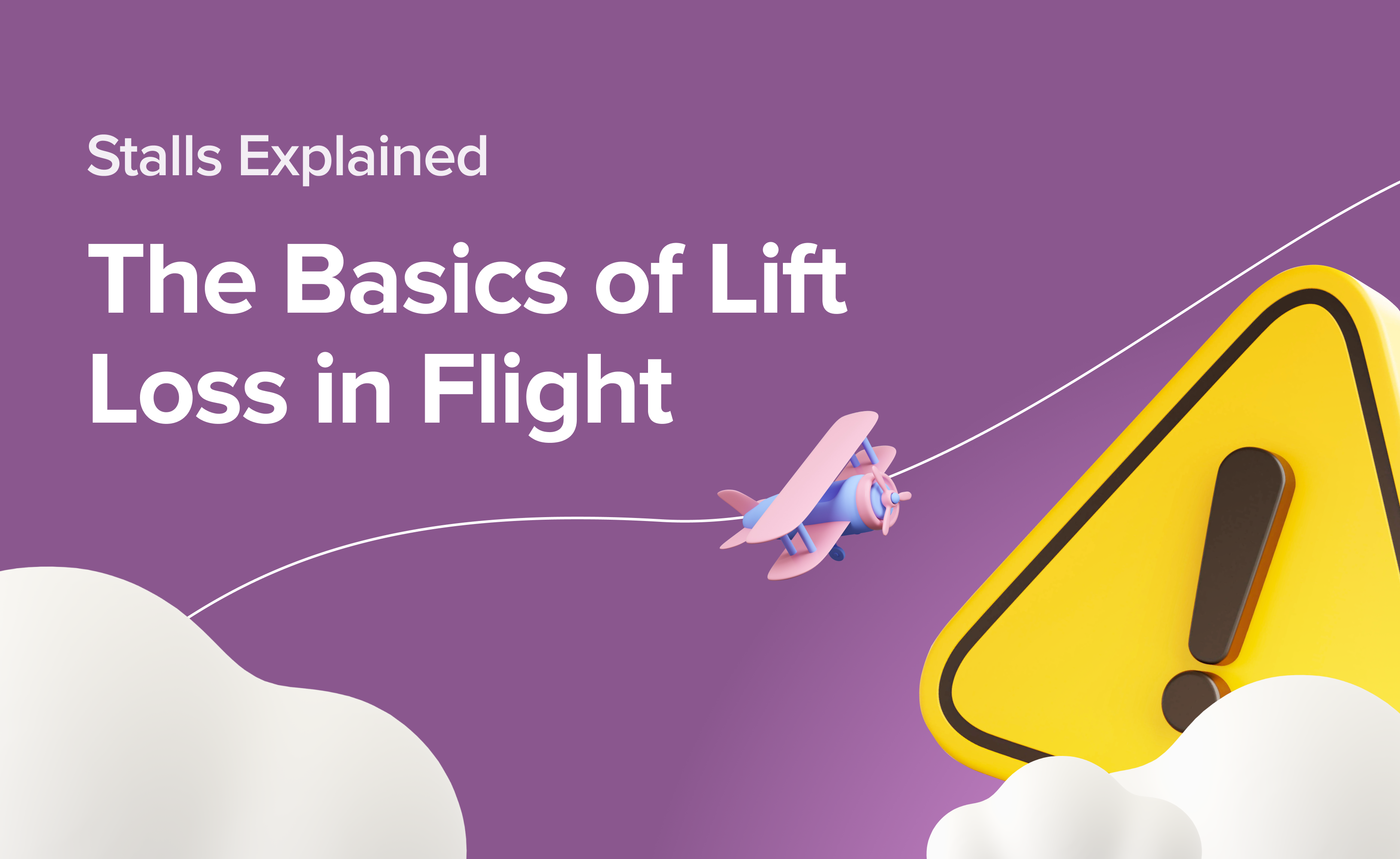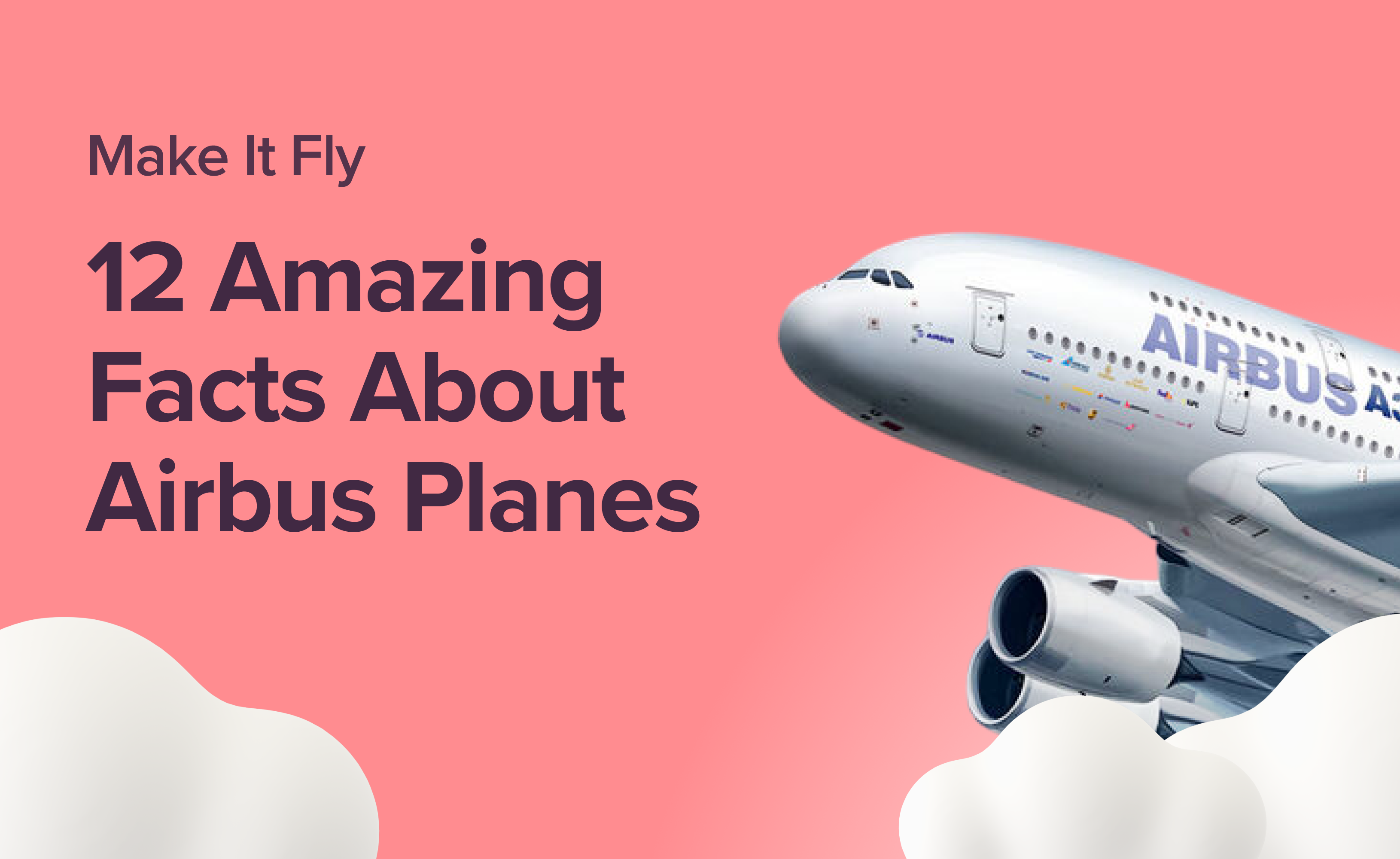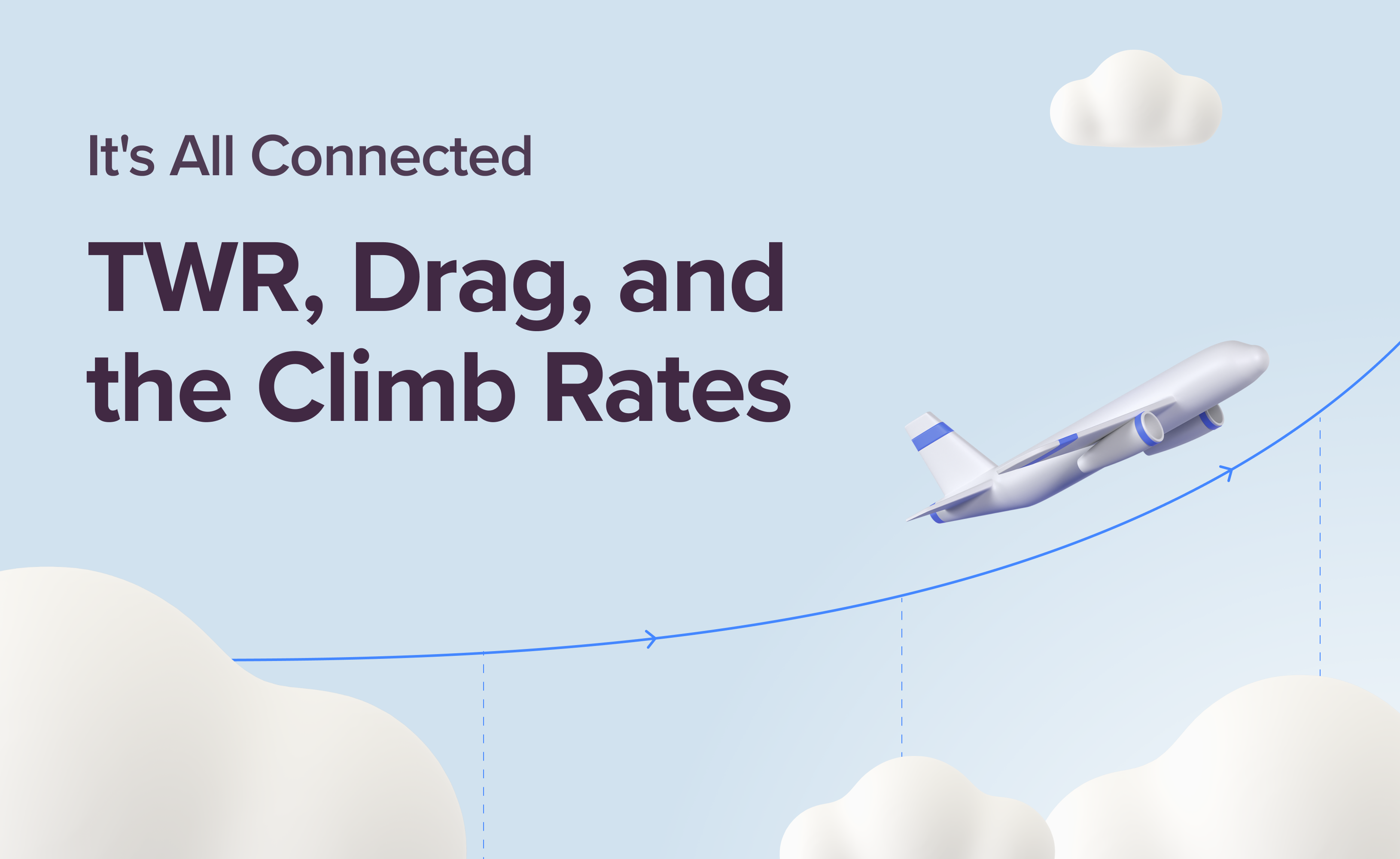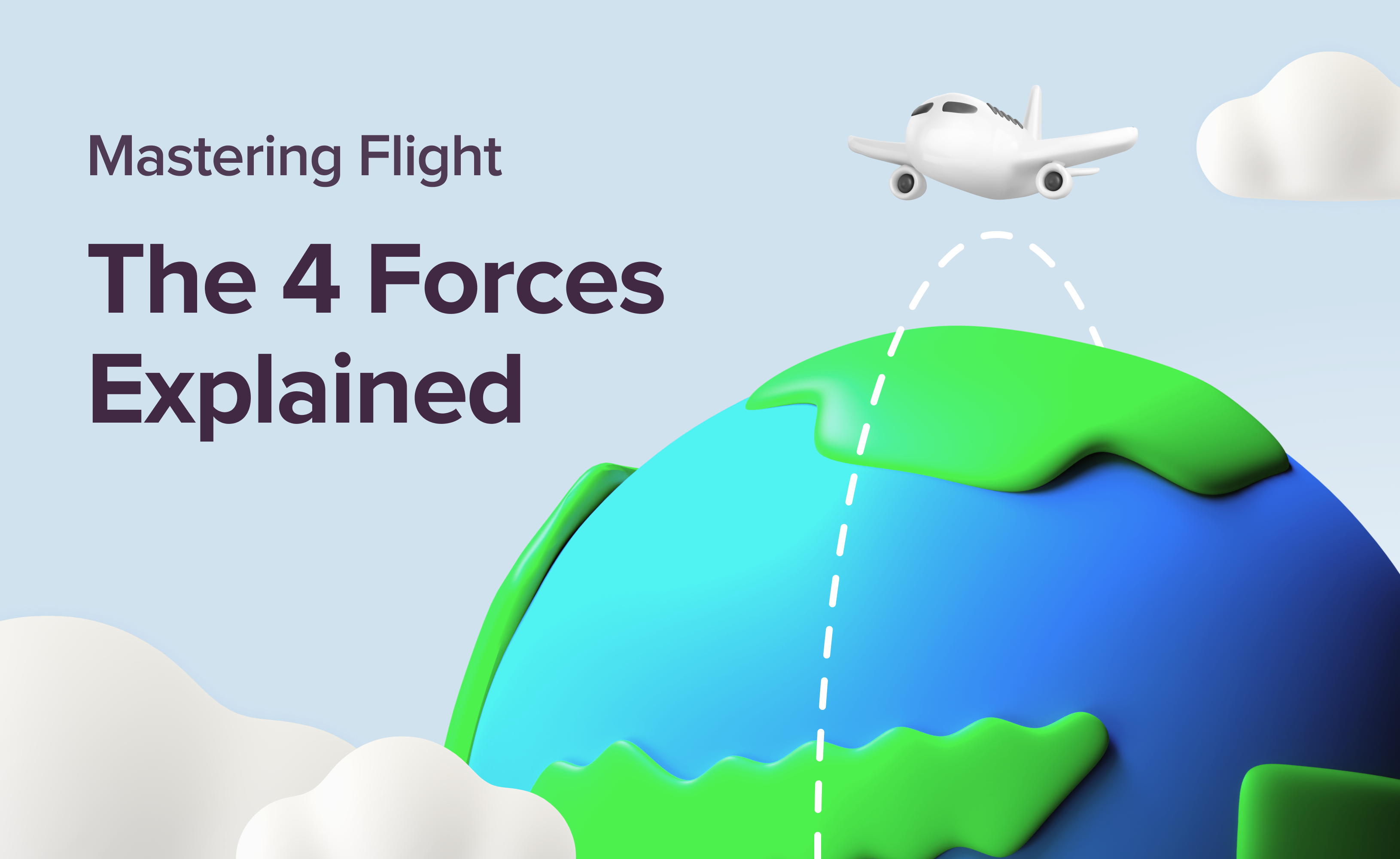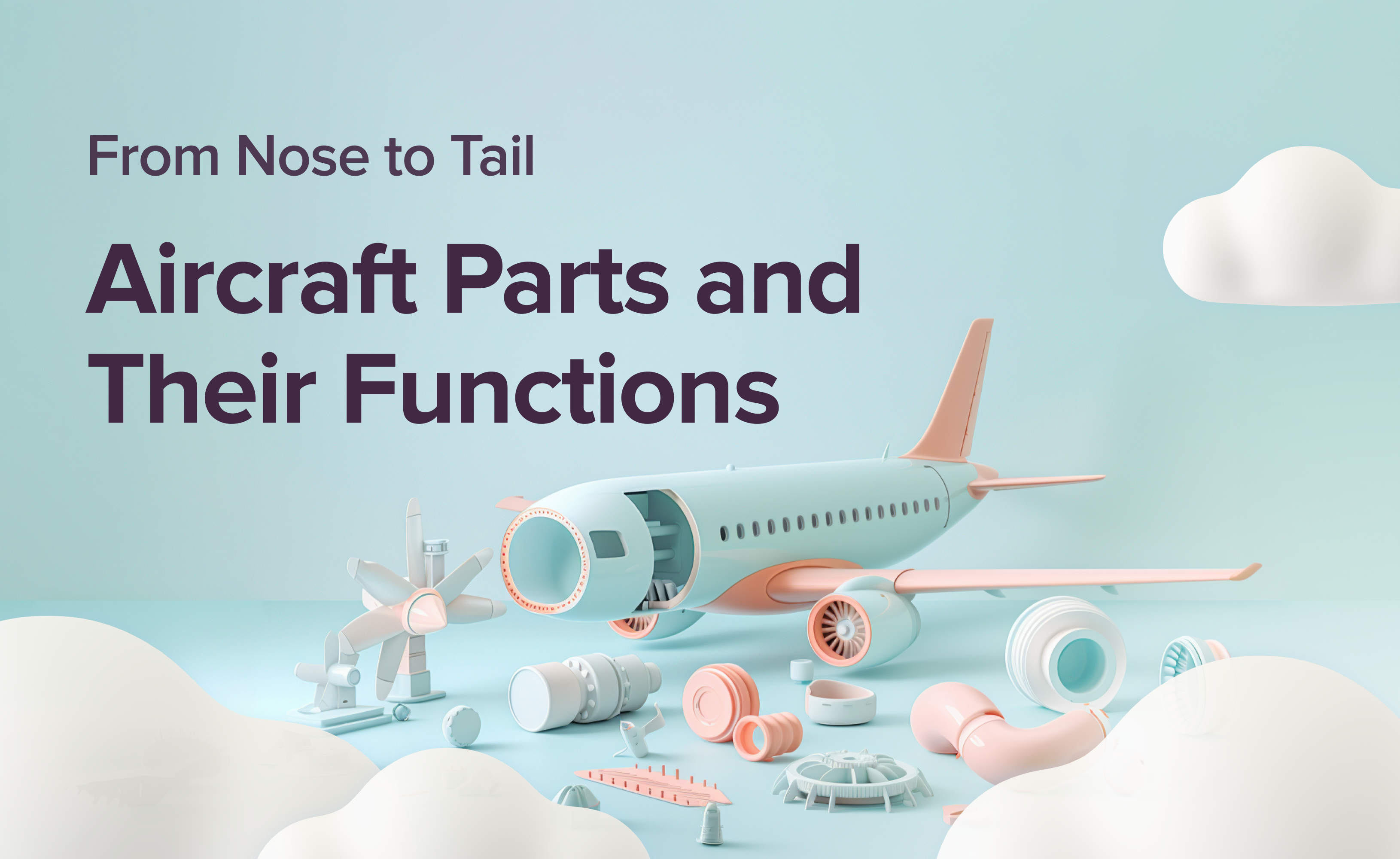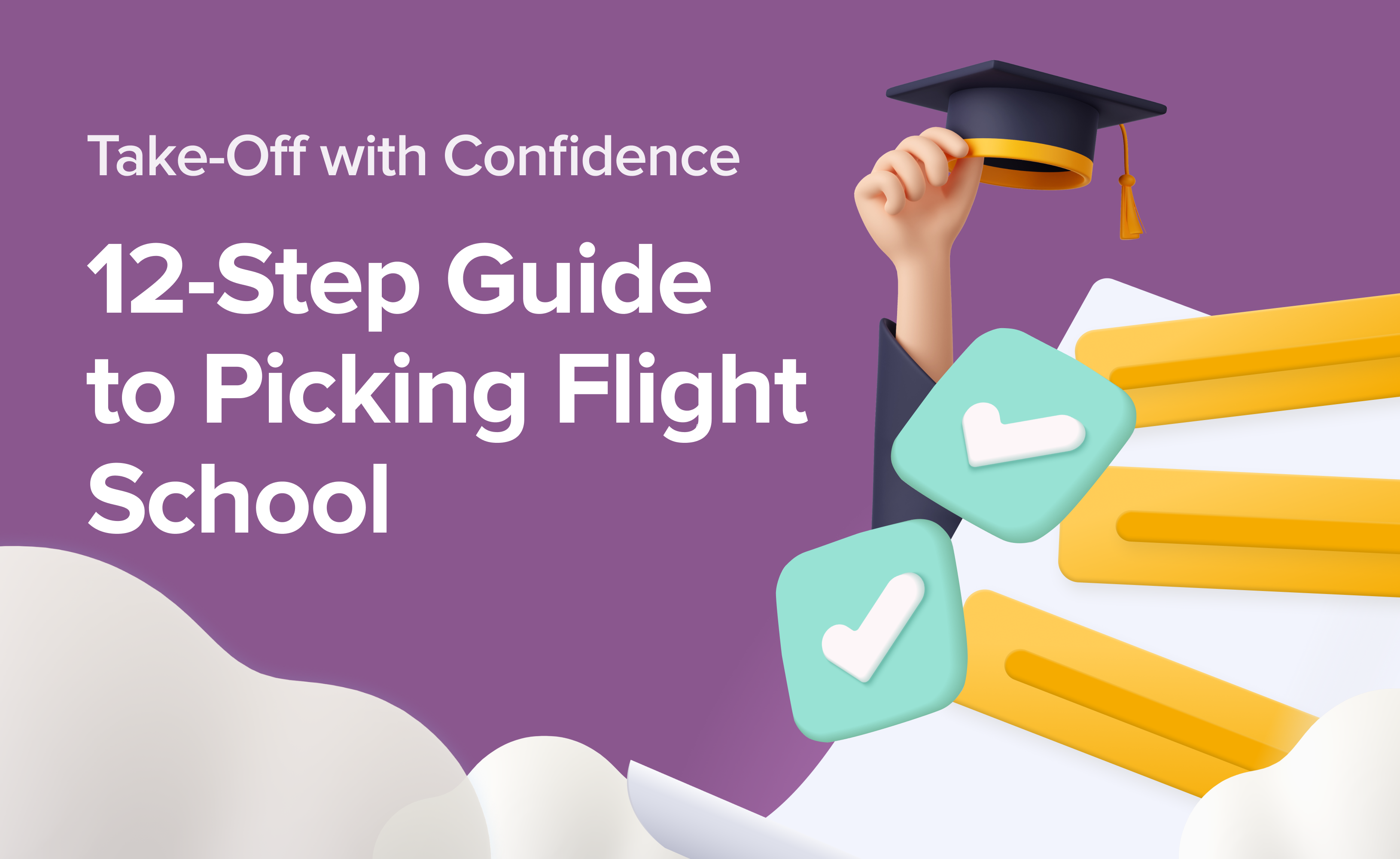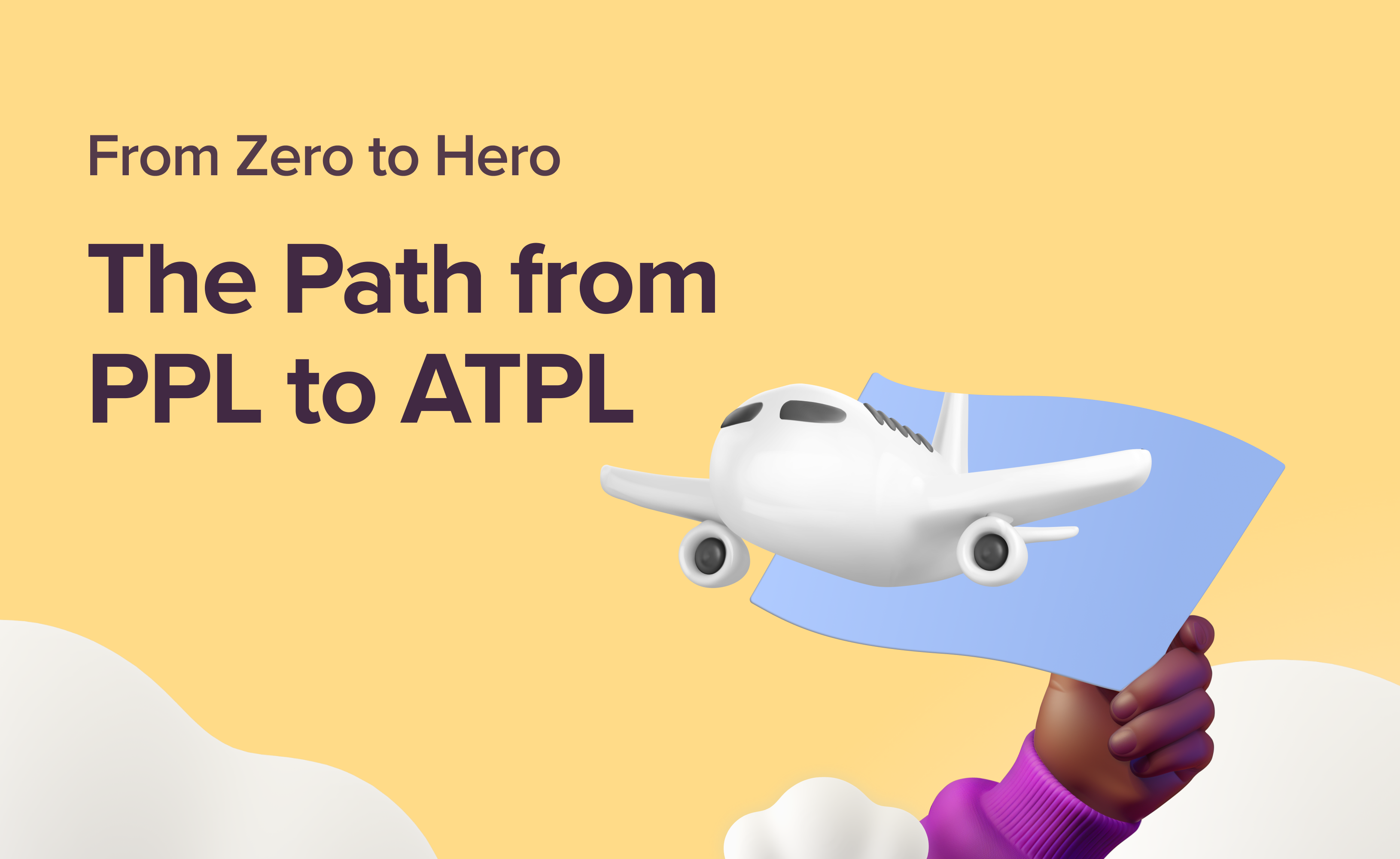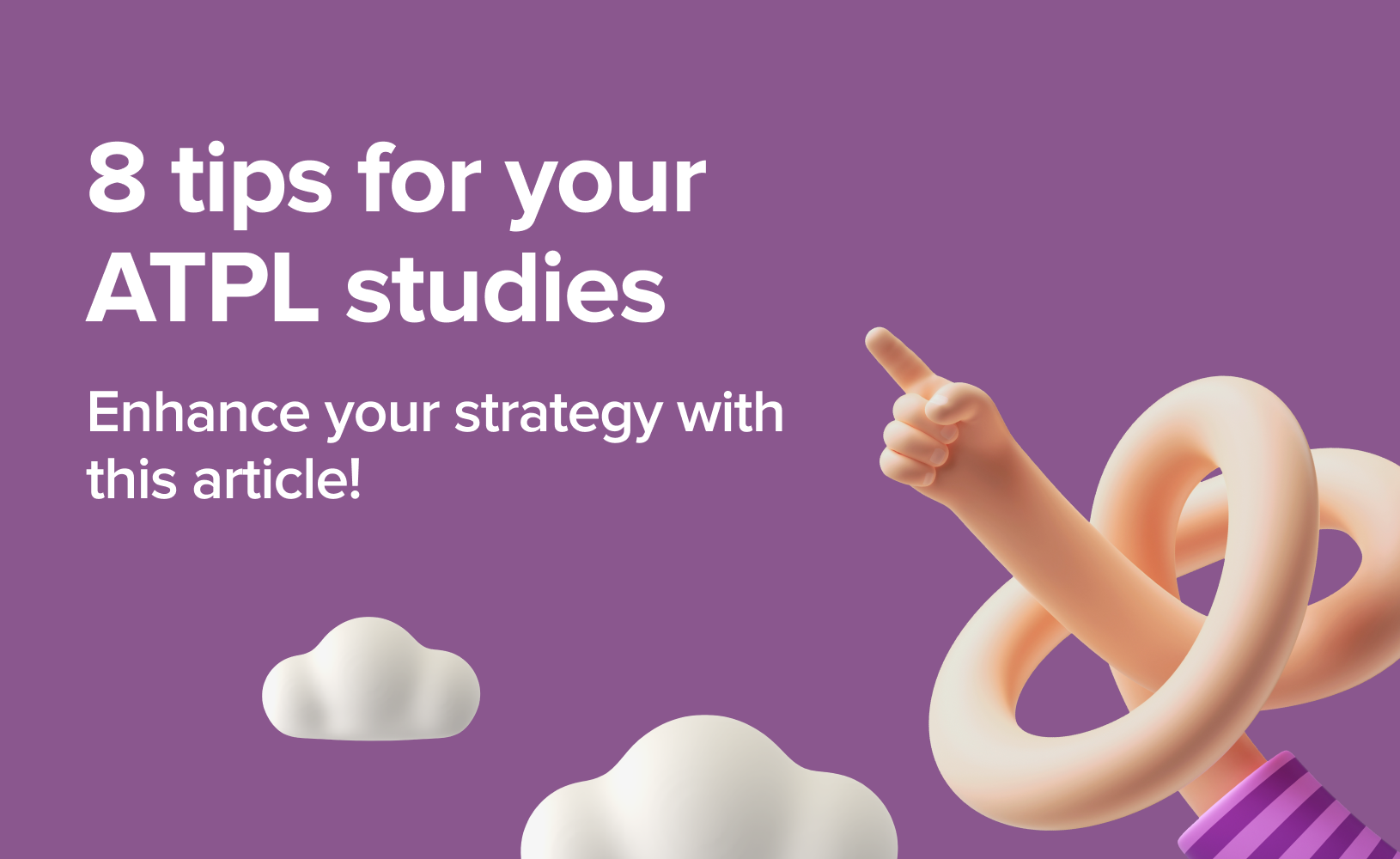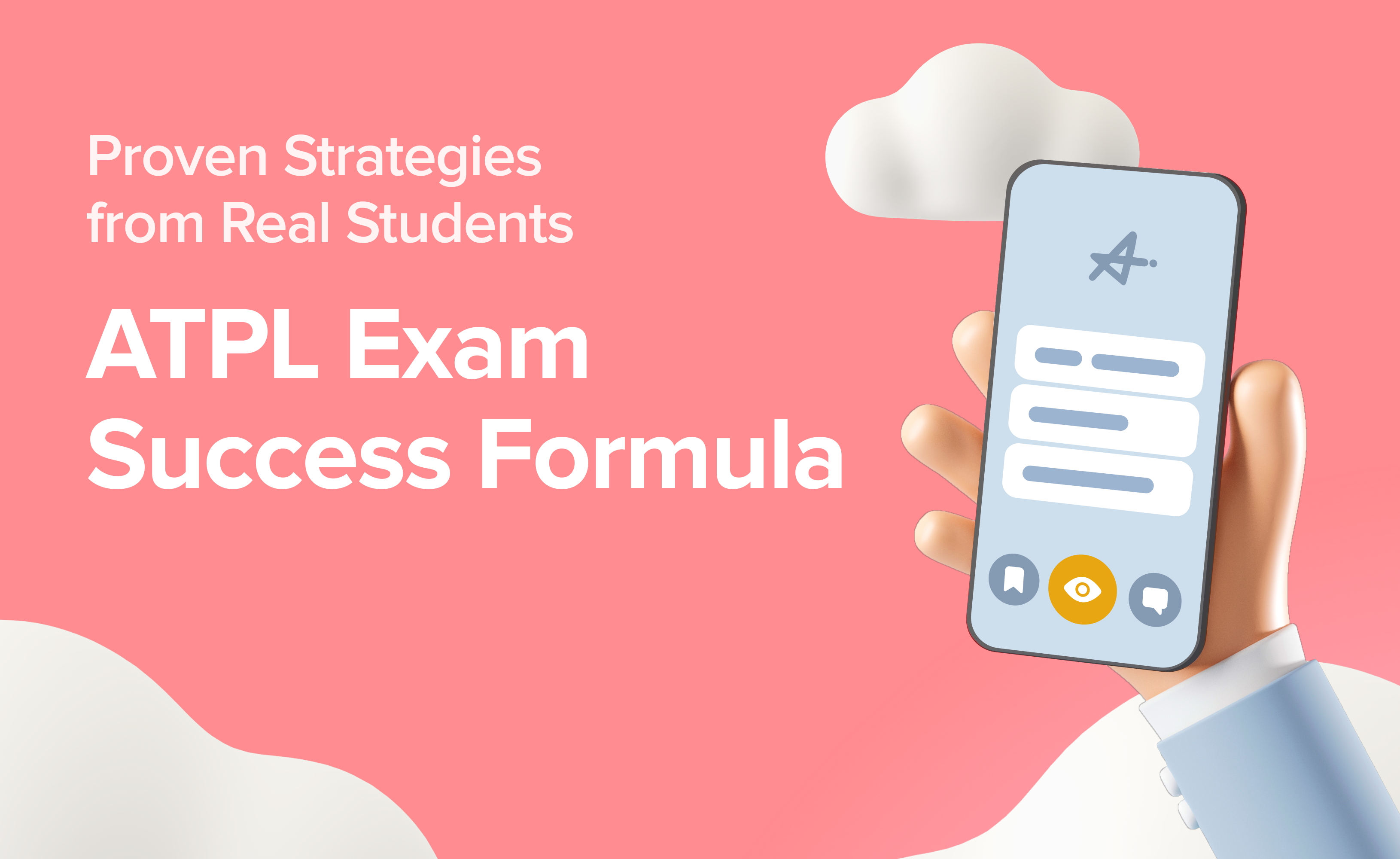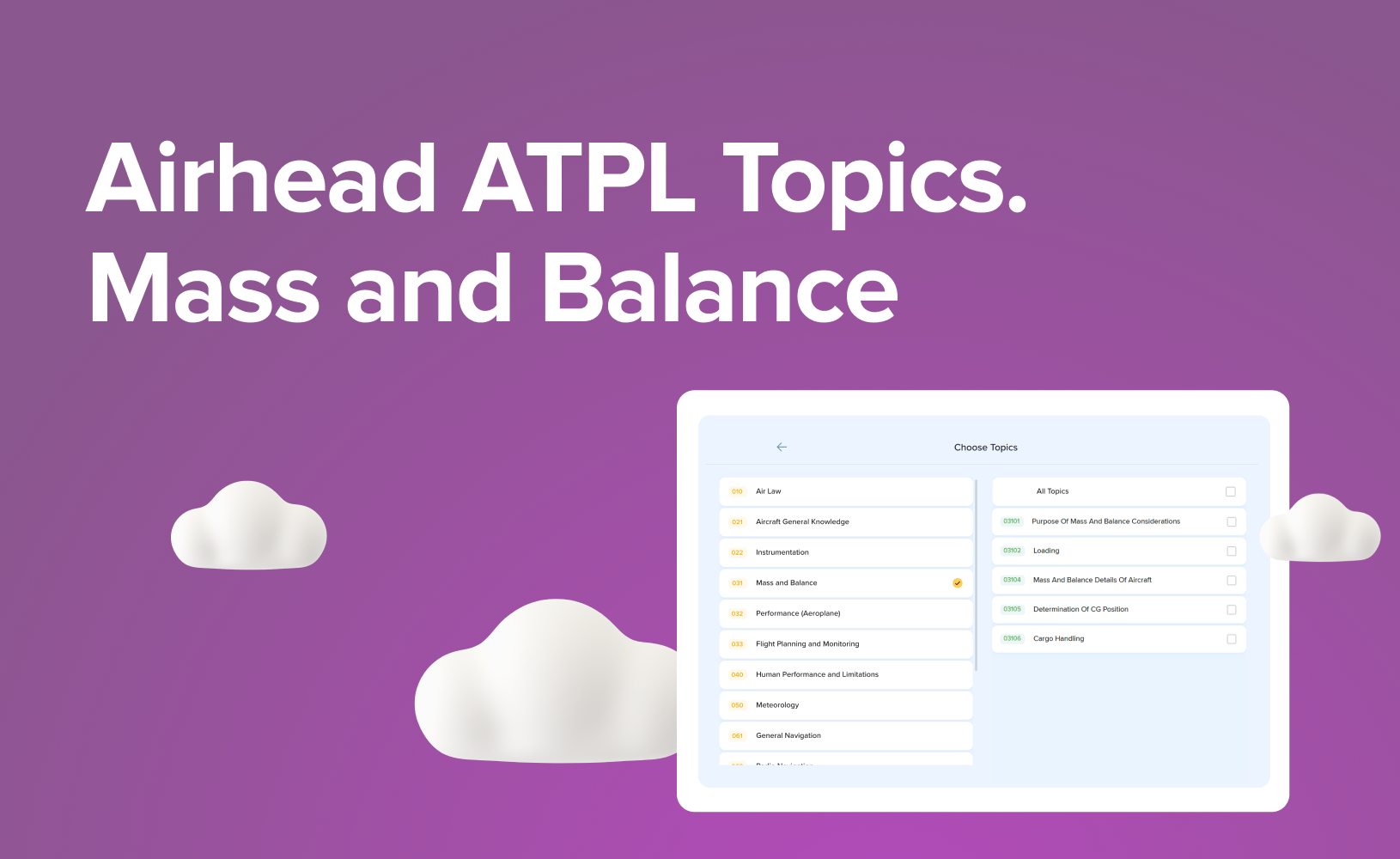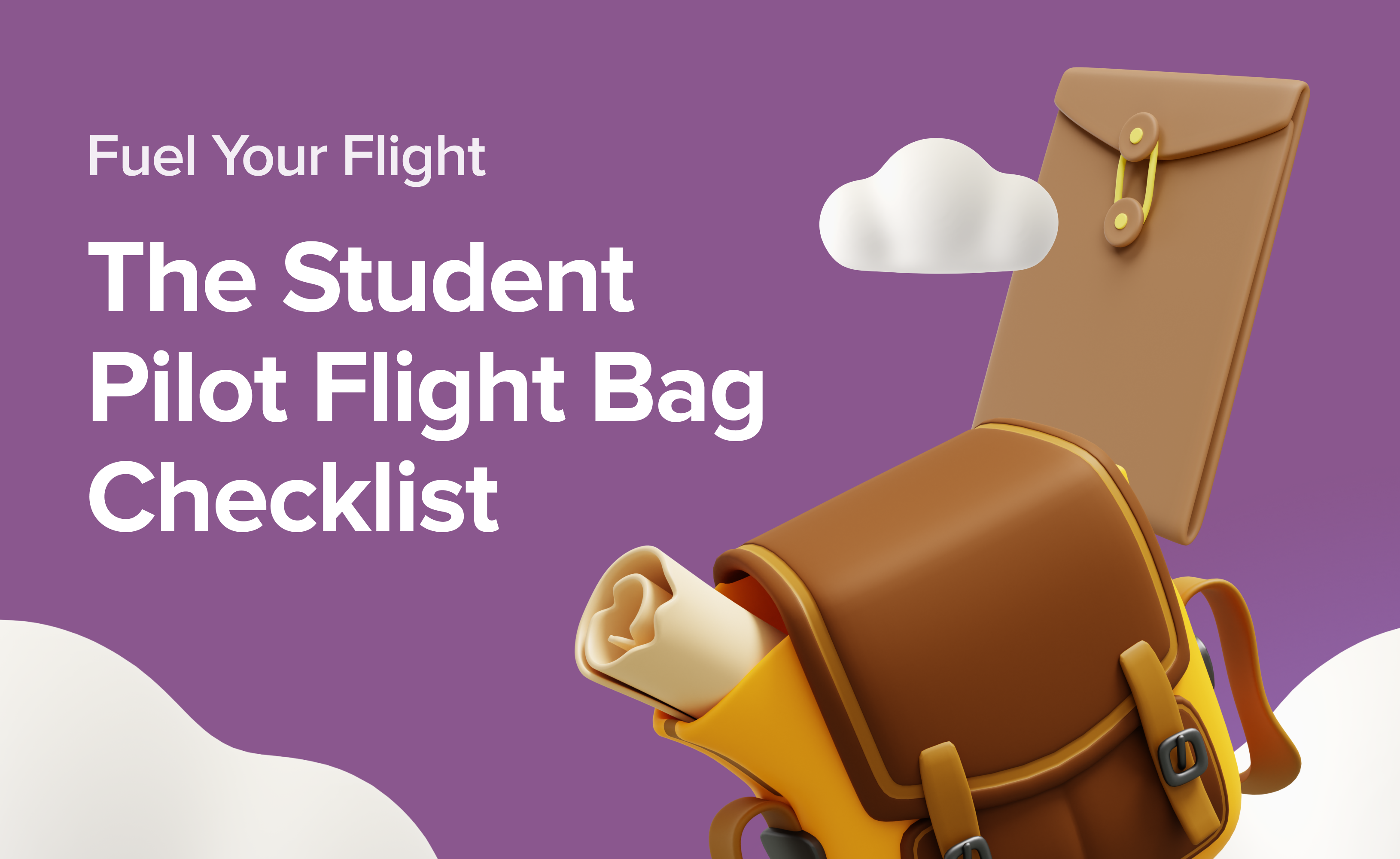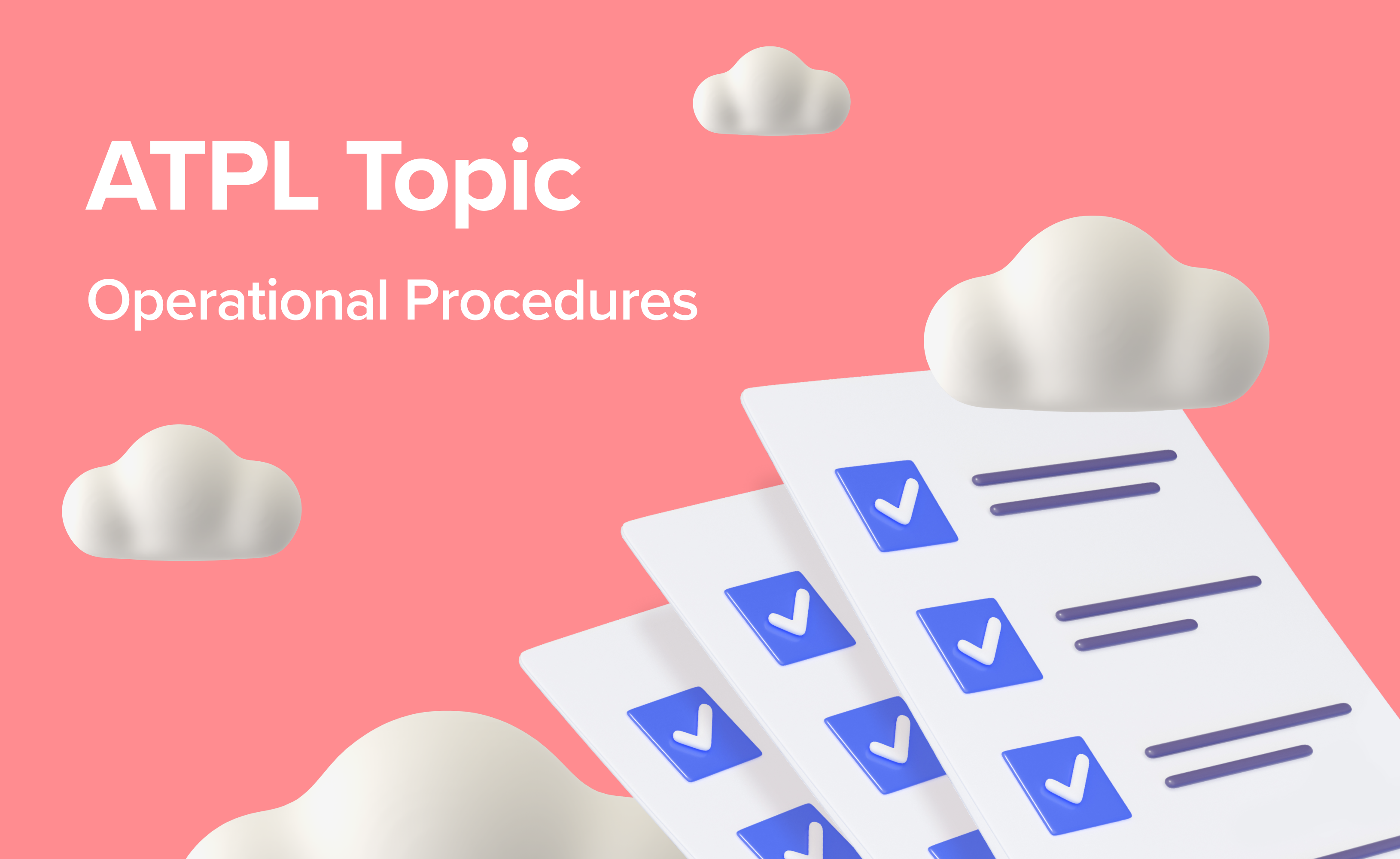How Cameron Did It: Self-Funding Your Pilot Training
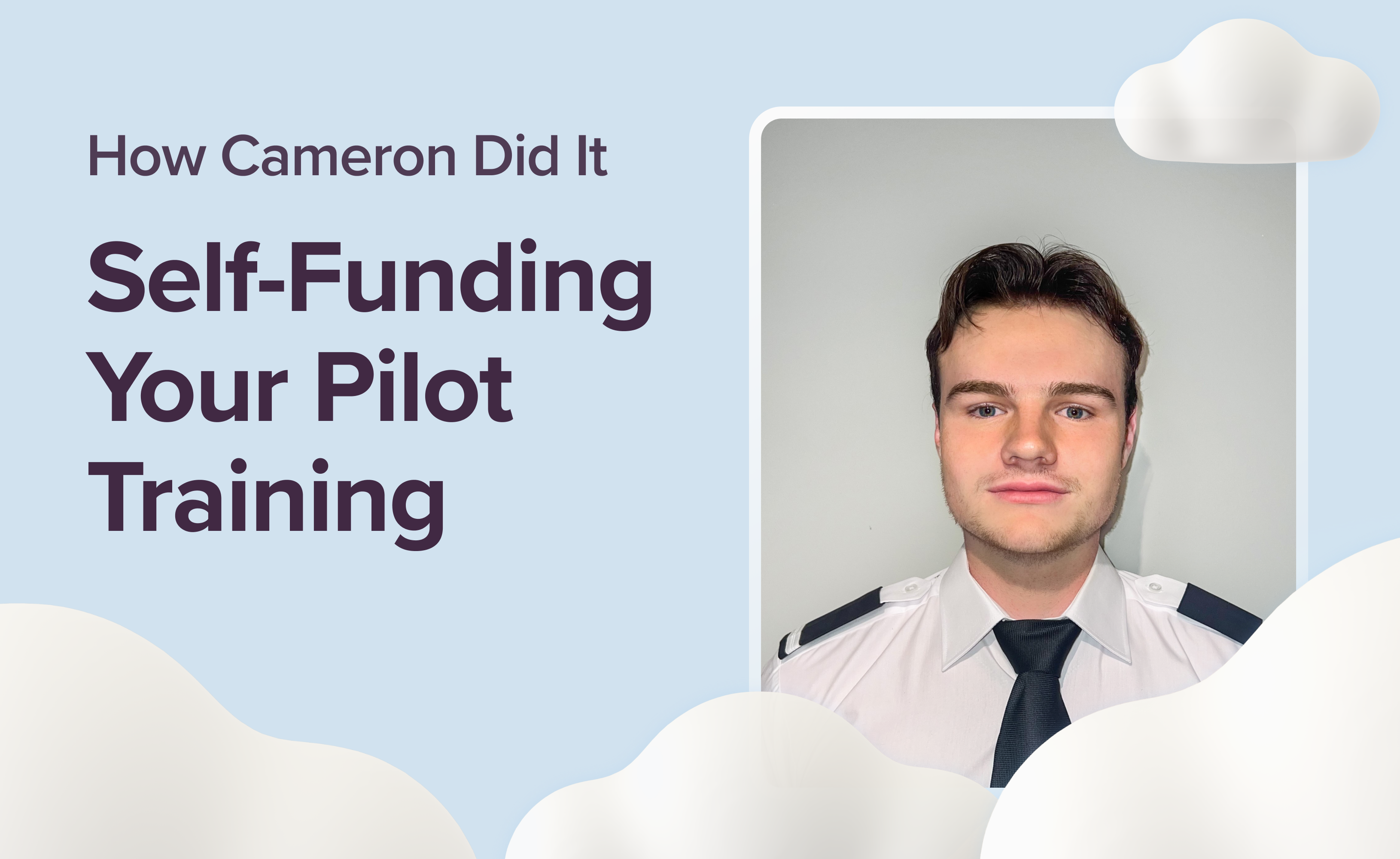
Becoming a pilot is a dream for many, but the financial barriers can be daunting. The sky-high costs of flight school, the need for large sums of money in a short period, and the scarcity of funding options can make the path to the cockpit seem impossible. Moreover, the intense demands of flight school often leave little time for working on the side, further complicating the financial puzzle. However, despite these challenges, starting flight training with little to no money is entirely possible and successfully self-funding your journey to becoming a pilot.
Meet Cameron, a dedicated pilot who does his best to self-fund his training. As an Airhead Ambassador, his story serves as a real-life example of how perseverance and financial planning can turn aviation dreams into reality.
Despite the demands of his current CPL training, Cameron took the time to share his practical strategies for managing finances while working toward becoming a commercial pilot. Here’s his first-hand advice on how to navigate the financial challenges of pilot training without breaking the bank.
Missed our comprehensive guide on funding your pilot training? You can get it here. We extensively explored financial planning strategies and identified cost-saving opportunities to make your aviation journey attainable for you.
Cameron's Journey to Runway
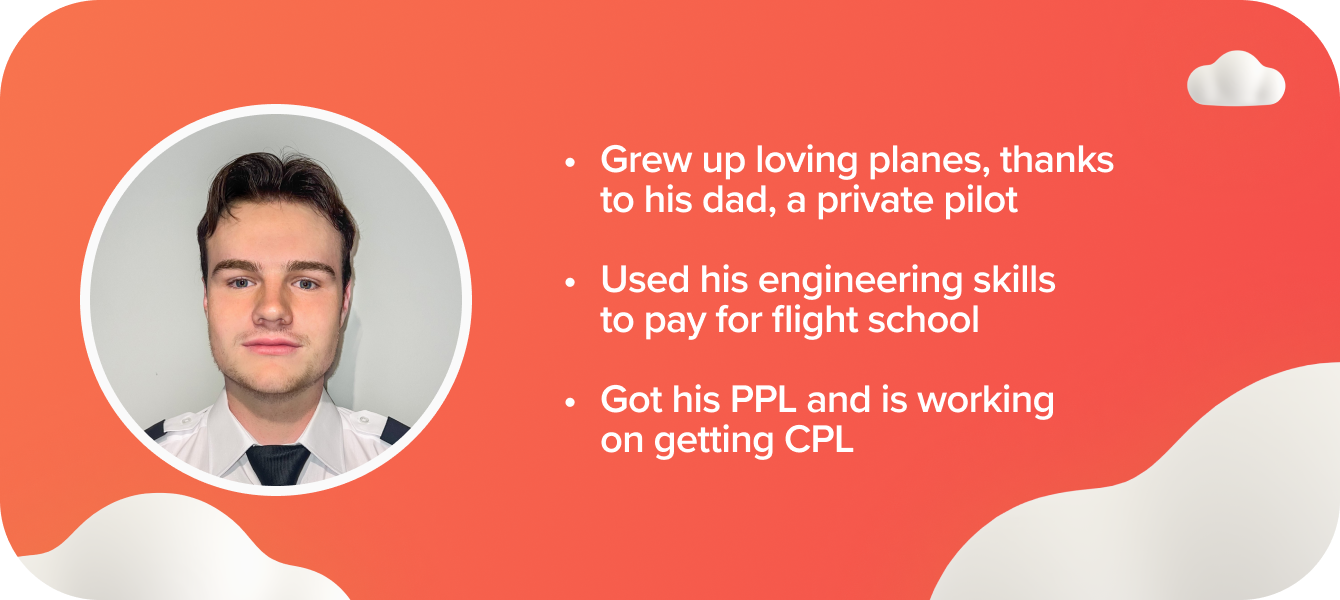
Cameron’s passion for aviation was ignited at a young age, thanks to his father, a private pilot who owned a Piper Arrow. The thrill of landing on racetrack straights during motorsport events left an indelible mark on Cameron, fuelling his fascination with flight. Growing up near the historic Brooklands Museum, surrounded by the legacy of British aviation, only deepened his love for the skies.
But Cameron’s talents weren’t confined to the cockpit. His love for mechanics and engineering, cultivated through his involvement in motorsports, became the financial springboard that launched his pilot training journey. At 21, with a solid foundation in engineering and a burning desire to fly, Cameron began his path toward earning his Private Pilot Licence (PPL). After achieving that milestone, he eagerly set his sights on the more demanding Commercial Pilot Licence (CPL) training.
As with many aspiring pilots, one of Cameron's biggest challenges was the financial burden of flight training. The sky-high course fees, the need for large sums of money in short periods, and the lack of available funding from traditional sources made his journey particularly daunting. The intense demands of flight school left little room for working on the side, compounding the difficulty.
Yet, Cameron’s determination and proactive mindset enabled him to overcome these obstacles. Despite starting flight school with little to no money, he actually self-funded his training through careful planning, hard work, and resourcefulness.
Here are Cameron’s top tips and tricks for funding your pilot training.
1. Go Modular!
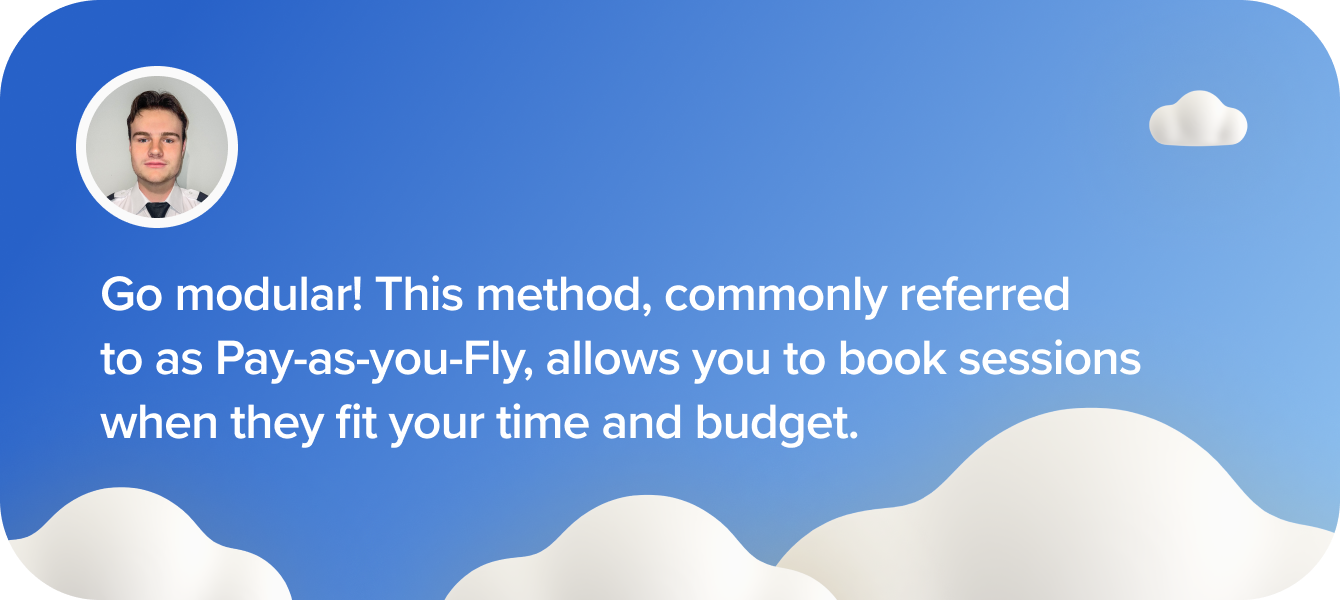
If you're looking to get qualified as quickly as possible (which you should in the current hot market in the UK/Europe) without having all the funds available upfront, modular training is your best option. Break your training into manageable chunks, and within each module, train at a pace that suits your schedule and budget. There's no requirement to have all the money upfront or even the funds for a specific module before you start! This method, commonly referred to as Pay-as-you-Fly, allows you to book sessions when they fit your time and budget.
To learn more about the modular route, a popular path for aspiring pilots, click here.
2. Apply to Sponsored Schemes

Certain airlines and organisations offer funded cadet schemes to help increase the number of pilots in training to meet the expected demand in the coming years. Such programmes are highly competitive but provide an opportunity to receive pilot training at a reduced cost.
Here are some of the most prominent ones:
British Airways Cadet Programme (UK)
European Flight Academy (Lufthansa’s Cadet Program)
easyJet Pilot Training Program (UK)
Ryanair Mentored Cadet Programme (Ireland/Europe)
TUI Airline Multi-Crew Pilot Licence Cadet Programme
3. Do Research on Flight Schools
Not all flight schools are created equal. Training prices for modular courses can range from around £50,000 to £110,000. Depending on factors such as the cost of the airport where the school is located, whether the aircraft are owned or leased by the school, the fleet being used, and the school's amenities. Don’t be swayed by a school's name, shiny new planes, or modern buildings. The type of aircraft you train on is less important than you might think but can make a big difference to your bank account.

Add-on from Airhead
When selecting a flight school, consider all associated costs, including tuition, equipment, and living expenses. Some schools offer payment plans or discounts for upfront payments, which can help you manage your finances more effectively. Thorough research and comparison of schools are essential to find one that fits your budget while maintaining the quality of education and training. Likewise, the cost of pilot training may differ significantly across Europe and in Asia. Moving to a location with lower flight training costs may be an option for you.
Check out our article How to Choose an ATPL Ground School: 5 Key Aspects to Consider for essential tips to guide your decision.
4. Over Budget, Then Add More

Flight school is unforgiving and almost always ends up costing more than you initially expected. Extra hours, fuel surcharges, licensing fees, airfield fees, personal costs — the list goes on. My rule of thumb is to add a minimum of 25% to the training cost figure presented to you on paper. This will give you a margin for the extra hours needed and cover all the little fees that sneak into flight training.
How you acquire the funds for flight school is a personal choice, depending on what job you can find. Ideally, you should aim for a job that offers both income potential and time flexibility. Personally, I worked multiple part-time jobs to fund 100% of my training during all modules, which took three years.
Airhead's Takeaway

Cameron's journey to becoming a pilot is a powerful reminder that a rewarding aviation career is possible, even on a tight budget. His story shows that with determination, careful financial planning, and a proactive approach, you can navigate the challenges and make your dream a reality. Keep pushing forward, do your research, seek advice from those who have walked the path before you, and never give up. The skies are within your reach — stay focused, stay resilient, and let your passion for flight guide you to success.




